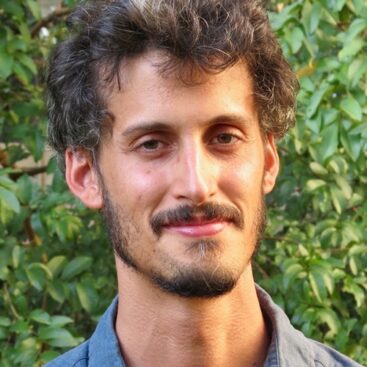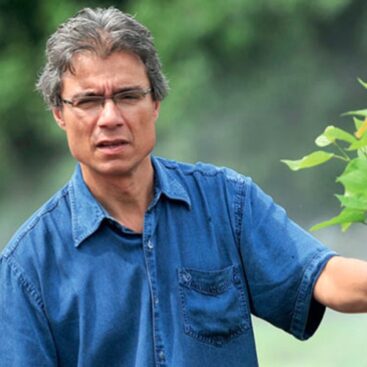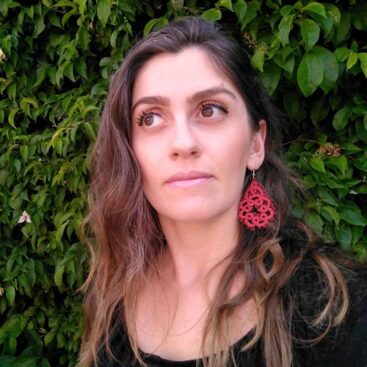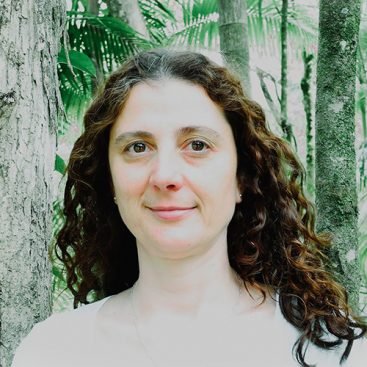Integrating restoration, conservation, and forestry in degraded and deforested landscapes
Restoring native ecosystems is a major challenge ̶ and one of the most pressing demands ̶ in São Paulo state, where a large population relies on the ecosystem services supplied by fragmented and historically degraded native ecosystems. Whereas São Paulo concentrates one the largest deficits of native vegetation, it has the largest continuous areas of Atlantic Forest and some of the largest areas of eucalypt, pine tree, and rubber tree plantations, and appropriate conditions for the expansion of other commercial tree species. It is then necessary to connect these two extremes through forest landscape restoration.
Integrating restoration, conservation, and forestry in degraded and deforested landscapes can help farmers to comply with legislation and consequently to obtain market advantages associated to certification, sectoral agreements with environmental demands, and better access to rural financial services, as well to improve the provision of critical ecosystem services for agricultural production and human wellbeing, and to conserve the rich and highly threatened biodiversity of the state.
Reforestation with commercial species may also constitute a novel economic activity, being an attractive land use for the vast marginal areas for mechanized agriculture that have been abandoned or maintained with extensive cattle ranching after the rapid expansion of sugarcane in the state.
The objective of this challenge is to synthesize the existing knowledge and compile the available information associated with the demands, opportunities, monitoring, and lessons learned of forest landscape restoration and commercial forestry, in order to create −through a co-production process that integrates different groups of stakeholders− a public and interactive decision support system.
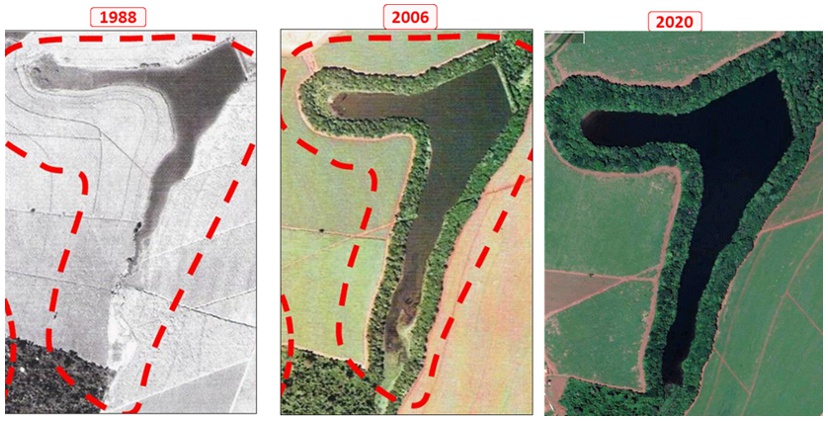
Photo credit: LERF/LCB/ESALQ/USP

Photo credit: LERF/LCB/ESALQ/USP
Main Tasks in this Challenge
Literature review on the multifunctionality of different types of land use. We will synthesize the literature on the recovery if ecosystem functions associated with water, soil, carbon and biodiversity by different reforestation approaches, with an emphasis on different forest types (e.g. secondary forests, restoration plantations, agroforestry, commercial monocultures, mixed plantations). We will provide the knowledge basis for planning reforestation types to more effectively achieve different restoration outcomes.
Literature review on the demands for restoration projects. We will synthesize the literature on the factors that impact the demands for the restoration of native ecosystems and of forest products, the opportunities for the development of these activities and their monitoring. We will include as a case study and having São Paulo state as a model, information gathered from technical reports and interviews with project managers. It will provide the knowledge basis for planning forest landscape restoration over São Paulo territory.
Compile the available information (databases, maps, systems) on the factors raised in the literature review. This compilation will address: Demands – express areas with one or more demands for restoration and/or forest production in order to obtain one or more benefits for nature and human well-being; Opportunities – express areas with favorable conditions for the development of forest landscape restoration programs and projects; Monitoring – express systems that can be used to monitor the progress of forest landscape restoration. It will generate a comprehensive compilation of the most relevant spatial information for planning, implementing, and monitoring forest landscape restoration over São Paulo territory.
Survey of public policies, legal instruments and private programs for the restoration of native ecosystems and forest production. We will generate a comprehensive compilation of the most relevant legal information for planning, implementing, and monitoring forest landscape restoration over São Paulo territory, as well to integrate restoration and production over space (e.g. the state resolution SIMA 17/2020 on ecological corridors).
Harmonize the structure of the spatial databases. We will integrate the databases (e.g. time and space scale, scope) and results on the multifunctionality of different land uses and forest types in order to enable the development of an analysis system that allows combining these bases for obtaining impact products for decision making. We will generate a harmonized database and allow the integration of different spatial information inputs.
Improvement and integration of the geospatial databases about the flora of São Paulo state to public environmental management systems. We will improve the choice of plant species to be used in forest landscape restoration and commercial forestry projects, in order to promoting the use of local native species and restricting the use of invasive alien species.
Integrate climate change scenarios. We will integrate the most plausible climate change scenarios into the analysis system developed in task 5, in order to assess how climate change will impact restoration (e.g. areas most vulnerable to drought and consequently with greater risks of planting failures and fires, prevention of natural disasters, carbon storage), forest production (e.g. potential species, genetic basis, fires) and the provision of different ecosystem services (climate change mitigation, water provision, pollination, soil protection). We will generate a harmonized database and workflow that allow for the simulation of the impacts of different climate change scenarios on forest landscape restoration
Create, in a participatory way, a public and interactive decision support system, and test it with potential users. We will integrate all goals described above to create a robust and user friendly software for guiding decision making in forest landscape restoration, with potential to create a disruptive trend in restoration and forest-based economy in the state. This tool should be adaptable to different contexts, serving as a basis for the presentation of guidelines and proposals to be included in local and regional plans. Additionally, it should focus on the cost-benefit ratio of forest restoration and commercial forestry, helping both to maximize the opportunities associated with these activities and also to inform society of the potential benefits to be obtained.


